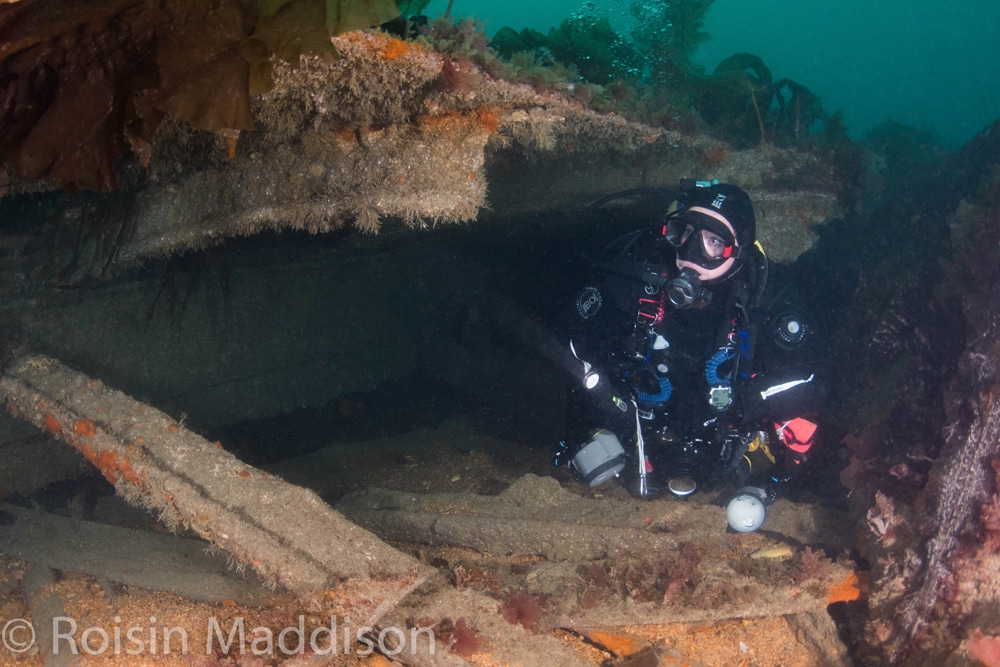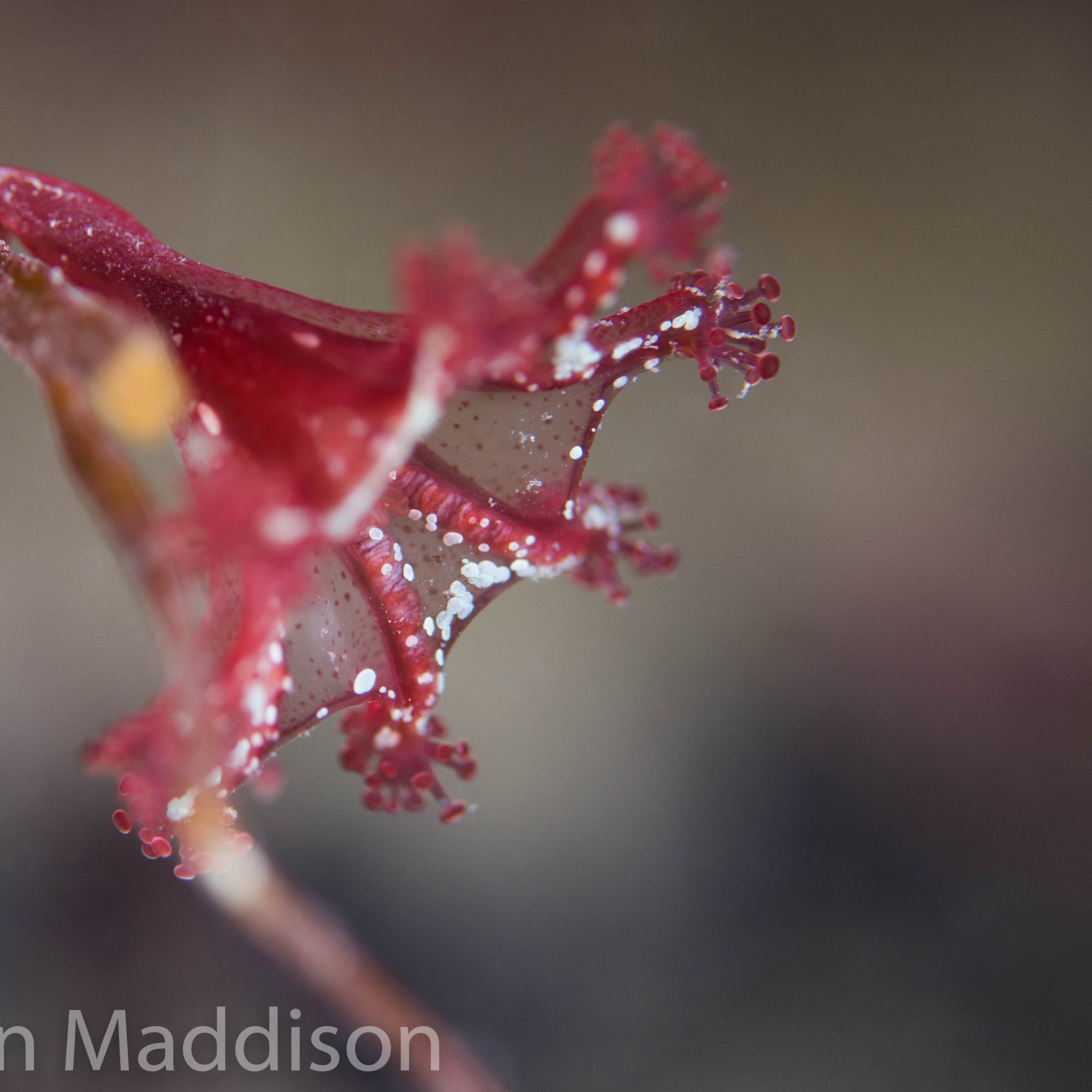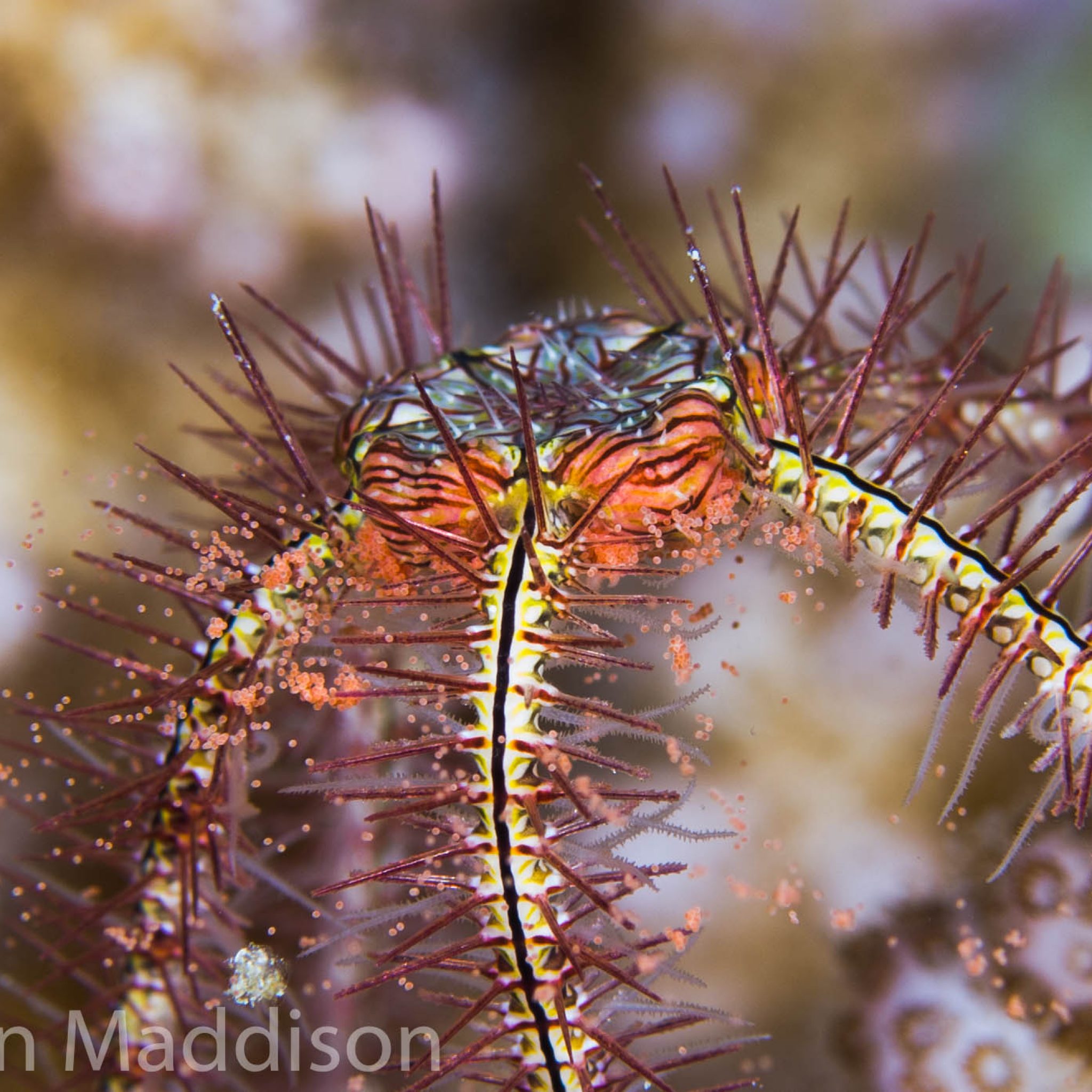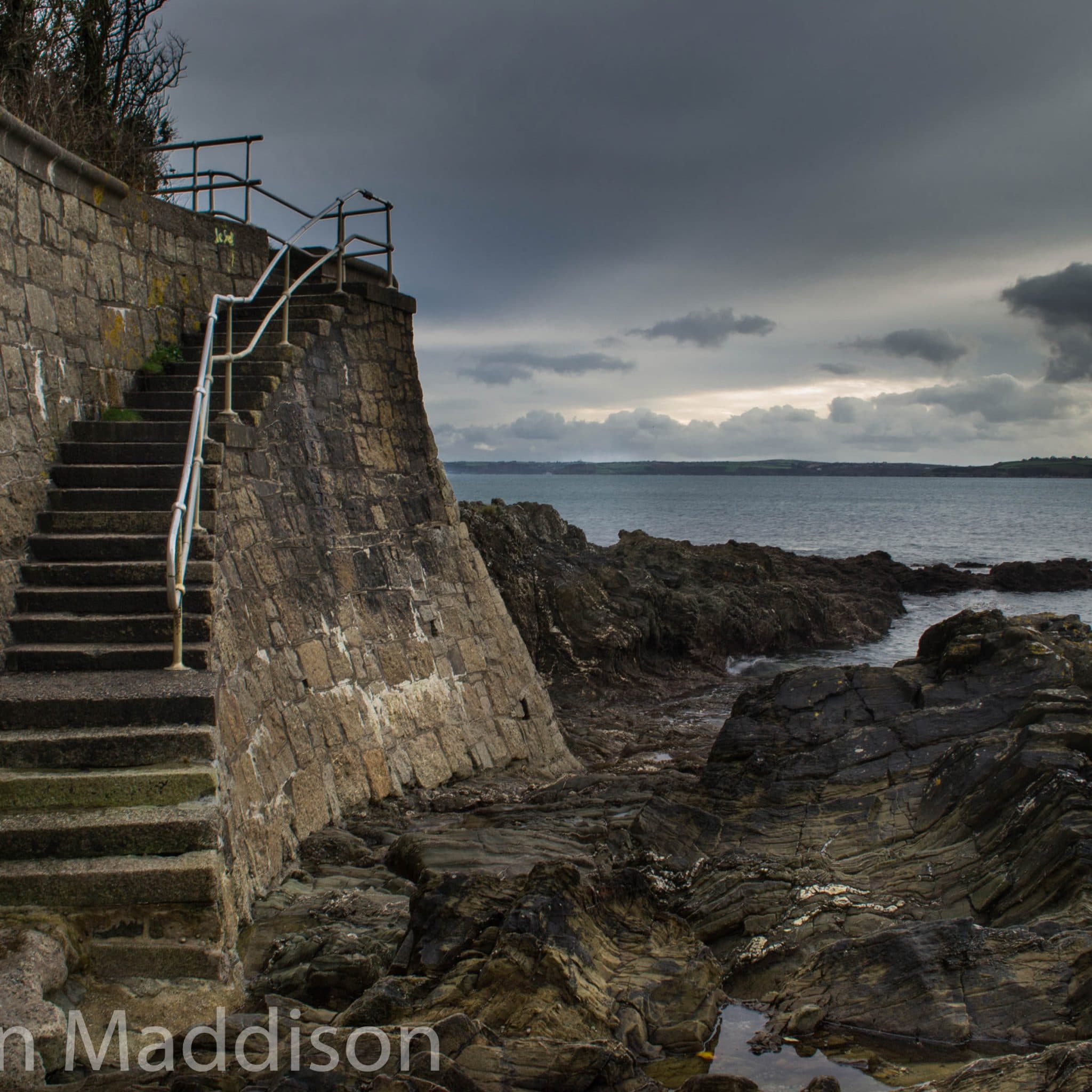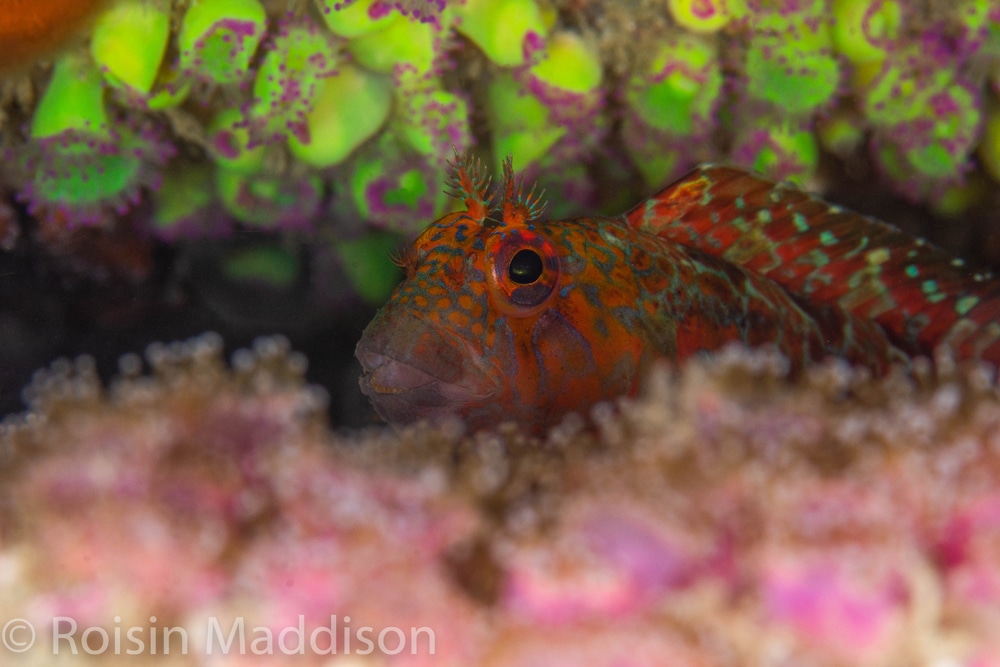News
Scubaverse Underwater Photographer Interview: Roisin Maddison
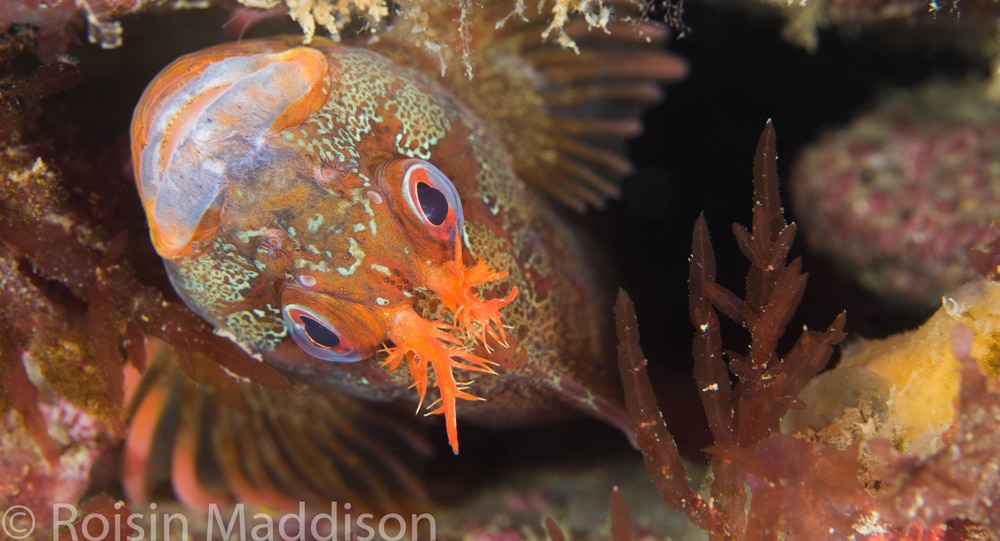
In an ongoing series, Scubaverse’s Underwater Photography Editor Nick Robertson-Brown talks to underwater photographers from around the world that he admires. In this blog: Roisin Maddison
NRB: How did your underwater photography start?
RM: Growing up with a mountaineer for a father I spent the majority of my childhood in the British countryside running around with my dad’s old compact film camera bossing people around telling getting them to pose for photos or to get out of my way of my shot. Back then it would take months to get the photos developed, mostly due to the fact that my dad never took them to the photo shop and would end up stockpiling rolls upon rolls of film but also because he would inevitably forget to go and pick them up when he eventually did.
It was on my 12th birthday that my dad bought me my first digital camera, a small Olympic compact that I’m pretty sure I still have hidden in a box in my old bedroom. It was from there that my photography really kicked off, now that I could see what photos I was taking, and I no longer had to wait months to receive the final product only for it to be blurred or out of focus.
It was however one of my high school art teachers that encouraged me to take my photography seriously and to take it on into my A-levels where I found that I really did have a talent and a passion for photography, favouring it over all of my other “academic” subjects.
It was a given that I was going to go on and study photography at University but nature photography was always my passion, I just couldn’t be bothered with the fashion or street photography elements of my course and I was adamant that I wanted to be based near the sea. However, all the courses I researched or came across were all heavily based on editorial, fashion, urban photography areas that I just wasn’t interested in. Until I came across Falmouth University’s Marine and Natural History Photography course. It was ideal. It was near the sea and it was a course based entirely on nature photography; it even had a diving element, which sounded like a bit of fun. At this stage I had never Scuba dived, I was an avid swimmer, but Scuba diving was never something I had considered doing, it just wasn’t on my radar but what the hell! It’ll be fun, I’ll give it a go.
Little did I know whilst on my first open water dive in the Delph Quarry or on my first university dive at Pendennis Silver Steps that Scuba diving and underwater photography was about to consume my entire life.
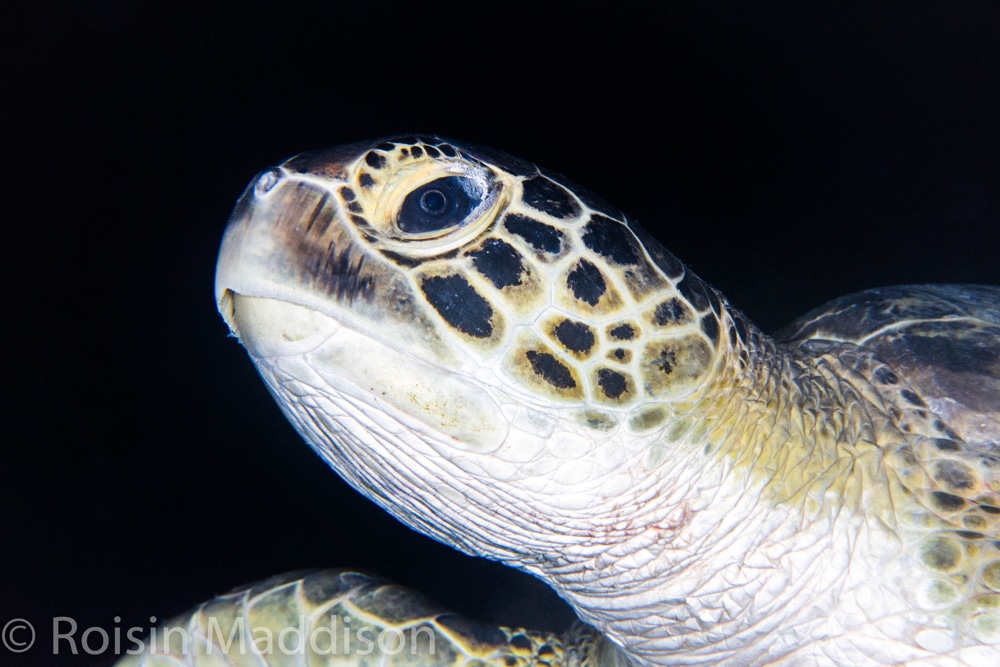 NRB: What is your favourite u/w camera equipment (past & present) & why?
NRB: What is your favourite u/w camera equipment (past & present) & why?
RM: My first underwater photography dive was done with a compact Panasonic set up with a single strobe. Once we had proved ourselves trustworthy, we graduated on to a Nikon D7000 and Nauticam housing with either a 60mm macro or the Tokina 10-17 fisheye lens. When I graduated university and no longer had access to the uni’s cameras I treated myself to Nauticam housing for my D7200 and a 60mm macro. For about 2 years this 60mm macro was the only dome port I owned; underwater photography equipment isn’t cheap, especially for a recent photography graduate. Whilst I have since expanded my equipment collection and tried out other cameras and set ups, my D7200 and my trusty 60mm macro will always be my go-to set up. The 60mm is just such a versatile lens. It is a macro lens but it’s perfect for those slightly larger profile creatures, that aren’t quite big enough to warrant a wide angle, whilst also being perfect for any teeny tiny macro critters. Admittedly it doesn’t get as close or as much detail as the 105mm macro but if a turtle swims past whilst you have the 105mm on you have no chance. With the 60mm it may not be the perfect shot but you are at least in with a chance. Plus, there’s always room for a bit of cropping where those teeny tiny critters are concerned.
NRB: What would be your advice to anyone new to underwater photography?
RM: I would recommend getting to grips with manual setting and light set ups straight from the off, set yourself up in a nice shallow reef with a VERY patient buddy (even better a buddy who is already an underwater photographer that can advise you) and start off by practicing different settings and lighting techniques on a simple and static subject; anemones are always a good shout.
Underwater photography workshops are always a massive boost when starting out as well as underwater photography books. Alex Mustards book Underwater Photography masterclass is my absolute go-to when trying out a new technique. But remember even if you are an amazing photographer top side and an experienced diver, it is going to take a lot of time and effort to get to grips with underwater photography and undoubtedly your first few images are not going to be perfect. But stick with it because when you get your first perfect shot, all that time and effort will be worth it.
NRB: What, or who, has been your single biggest inspiration for your underwater photography?
RM: My biggest inspiration for underwater photography has got to be Jane Morgan, not only is she an amazing underwater photographer who has had many amazing articles and images published over the years, but she is also a genuinely kind and caring person who wants to help and inspire the next generation of underwater photographers. Many other Marine and Natural History students and I have had the pleasure of having her as our tutor and all-round photography guru. Over the years she has had to put up with my badgering her for tips and tricks, but she has always been there to lend a piece of equipment or teach me a new technique. She helped me get my first magazine article published and all round cheered me on to pursue a career in underwater photography.
NRB: What image are you most proud of and why?
RM: This is a hard question to answer, I am proud of so many of my images and I don’t think I would be able to choose just one. Quite often my favourite images from a dive or a trip aren’t necessarily the best photographs or the most technical, they are the ones that have the best memories and the most meaning to me.
To name just one is hard but I think I would have to pick a photograph I took in Egypt two years ago. I dropped down on a night dive and the first thing I came across was a brittle star. It was stood up on its arms holding its body in the air, which was strange behaviour that I had never come across before, so I stopped to photograph it and as I did it started spawning right in front of my camera lens. I was amazed and privileged to get to witness such an amazing bit of nature.
NRB: Where is your favourite dive location, and is it for the photography?
RM: My favourite dive location is a little 5m shore dive off the coast of Falmouth. Pendennis Sliver Steps is the easiest most simple dive site you will ever visit but it is also the most stunning. It is the perfect dive site to jump into on your way home from work and get a bit of photography practice in, whether its testing out new equipment or techniques or just keeping your hand in during a busy period, or when the weather has prevented you from getting out anywhere else. Most importantly of all it is bursting with life, there are new species to find on nearly every dive but being such an easy dive site to jump into means I can spend so much time there and get to know to resident species, figuring out where they live, tracking their behaviours and markings throughout the year and each time getting to take better and more technical photographs.
NRB: What are you views on marine life manipulation, moving subjects?
RM: Personally, I am not one for marine life manipulation whether it be in water whilst taking the picture or in post edit. I like my photos to reflect what I saw on the dive as it was when I took the photo. I will however admit to occasionally doing a bit of ‘gardening’ and removing a stray bit of seaweed or two out of the way of the frame, but that is as far as I will go.
NRB: What do you look for when you are making your images?
RM: It very much depends on what dive I’m on and what I am taking the photograph for. If I am out on a pleasure dive, I will be looking for images with a difference. Every photographer wants to take that one image that nobody has ever taken before, but I will also be taking photographs for myself to document my dive and the species I found sometimes for my own memories and sometimes for species research and/or magazine articles. I think it’s very important for photographers not to get to bent up in taking the perfect image on every dive. Whilst underwater photography may be my chosen profession it is also my hobby and it is very important to me that I don’t turn my hobby, my escape, my passion, into an obsession or ruin it by making it feel too much like work.
NRB: What motivates you to take u/w photos?
RM: I take underwater photographs to create an awareness for non-divers as to the beauty and importance of our marine world. More specifically for me is a desire to exhibit how stunning and extensive our own British marine life is. In the last few years the threat to our Coral Reefs and tropical oceans has finally been taking seriously and divers and non-divers have finally realised the importance of our oceans and how imperative it is to save them. I want my photography to highlight that it isn’t just the tropical coral reefs that need savin. British marine habitats are just as important and just as exquisite.
NRB: If you could photograph any one thing/place what or where would that be?
RM: I spent 5 years living and diving in Cornish waters without ever coming across a blue shark or a basking shark. One of my aims for this next year is to get onto one of the blue shark/basking shark trips and to photograph these gentle giants in British waters.
To see more of Roisin’s work click here.
Gear News
Introducing the TR-80, IR-50 and CS-30 Regulators from DYNAMICNORD

Whether you are a beginner or a professional diver – with the three new main regulators from DYNAMICNORD, everyone will find their favourite regulator. They all look super stylish.
Excellent performance with the TR-80
Quality and performance are the be-all and end-all for regulators. It is not for nothing that the TR stands for Tec Reg. The innovative design of the TR-80 guarantees absolute reliability – even in ice-cold waters.

Perfect breathing effort at 0.8 J/l / certified for diving in waters below 10 degrees / structural design made of solid brass for best cold protection / membrane-compensated design with dry seal of the first stage / reduced exhalation effort thanks to optimized exhalation membrane and bubble deflector / adjustable Venturi (dive/predive) and adjustment knob for individual inhalation comfort / innovative design of the front cover prevents free-flow in strong currents or when diving with scooters / design made of sandblasted brass, matt chrome finish / 2 HP and 4 LP outlets / mouthpiece made of high-quality, anti-allergic silicone for maximum comfort.


Amazing underwater adventures with the IR-50
The IR-50 is the top regulator for advanced and experienced divers. Natural breathing is the essence of this regulator.

Ideal breathing effort at 0.8 J/l /certified for diving in waters below 10 degrees / compensated membrane / adjustable venturi (dive/predive) and adjustment knob for individual inhalation comfort/ outlet valve and deflector for minimum exhalation effort and reduction of bubbles on the face / design made of sandblasted brass, matt chrome finish / 2 HP and 4 NP outlets / mouthpiece made of high-quality, anti-allergic silicone for maximum comfort.


The Workhorse – our CS-30
For diving centres and diving beginners – the workhorse stands for strong construction, reliability and robustness. Perfect for your training.

Optimal breathing effort at 0.8 J/l /recommended for diving in waters above 10 degrees / non-compensated piston / adjustable venturi (dive/predive) / outlet valve and deflector for minimum exhalation effort and reduction of bubbles on the face / design made of sandblasted brass, matt chrome finish / 1 HP and 3 NP outlets / mouthpiece made of high-quality, anti-allergic silicone for maximum comfort.


Octopus OP-30
The OP-30 is the ideal addition to all DYNAMICNORD regulators. It is identical in construction to the CS-30.

The TR-80, IR-50, CS-30 (DIN & INT) regulators and the Octopus OP-30 are available from DYNAMICNORD dealers and in the online store.
DYNAMICNORD – Your Outdoor Companion.
Marine Life & Conservation
Paul Watson Released as Denmark Blocks Japan’s Extradition Bid

Renowned anti-whaling activist Paul Watson has been released from custody in Greenland after spending five months in detention. Denmark’s Justice Ministry rejected Japan’s request for his extradition, citing insufficient guarantees that his time already served in custody would be credited against any potential sentence.
The 74-year-old Canadian-American was arrested on July 21 in Nuuk, Greenland’s capital, when his ship docked to refuel. His arrest was based on a 2012 Japanese warrant related to a 2010 encounter in Antarctic waters. Japan alleged Watson obstructed operations and caused damage to a whaling research ship during efforts to disrupt illegal whaling. Watson has consistently denied these claims, maintaining his commitment to marine conservation.
Denmark, which oversees extradition matters for Greenland, concluded that while the legal conditions for extradition were met, the lack of assurances from Japan regarding time-served credit made extradition untenable.
In a video shared by his foundation, Watson expressed gratitude and relief, saying, “After five months, it’s good to be out… and good to know they’re not sending me to Japan.” He added that the most difficult part of his time in custody was being separated from his two young sons.
Watson is a pioneering figure in marine conservation, known for founding the Captain Paul Watson Foundation in 2022 after decades of activism with the Sea Shepherd Conservation Society. His bold efforts to defend marine life have earned him widespread support, including from celebrities and conservationists. His work has also been featured in the acclaimed reality TV series Whale Wars.
Watson’s lawyer, Jonas Christoffersen, praised the decision, stating, “We are happy and relieved that Paul Watson is now free.” He added that Watson is eager to reunite with his family and continue his vital work.
The arrest occurred while Watson’s vessel, the M/Y John Paul DeJoria, was en route to the North Pacific with a team of 26 volunteers to intercept a Japanese whaling ship. His foundation described the arrest as politically motivated and emphasized that Watson’s actions were focused on ending illegal whaling practices.
Japan resumed commercial whaling in 2019 after leaving the International Whaling Commission, asserting that whale meat is a cultural tradition. Conservationists, however, continue to challenge these practices, highlighting their impact on marine ecosystems.
Despite the challenges, Watson remains steadfast in his mission to protect marine life and bring attention to whaling practices. His dedication to ocean conservation has made him a globally respected advocate for the environment.
-

 News2 months ago
News2 months agoIconic SS United States to become the World’s Largest Artificial Reef
-

 News3 months ago
News3 months agoBook Review – 52 Assignments: Underwater Photography
-

 Gear News3 months ago
Gear News3 months agoDYNAMICNORD – New German diving brand enters the British market
-

 News3 months ago
News3 months agoExploring Cenote El Pit: A Diver’s Dream
-

 Gear News3 months ago
Gear News3 months agoTry BARE drysuits (and maybe even win one!) this Friday with Sea & Sea at North West Dive Fest
-

 Marine Life & Conservation3 months ago
Marine Life & Conservation3 months agoBook Review: Coral Triangle Cameos
-

 Blogs2 months ago
Blogs2 months agoDive the Egyptian Red Sea this Autumn with Regaldive
-

 News3 months ago
News3 months ago2024 Ocean Art Underwater Photo Competition Announced


